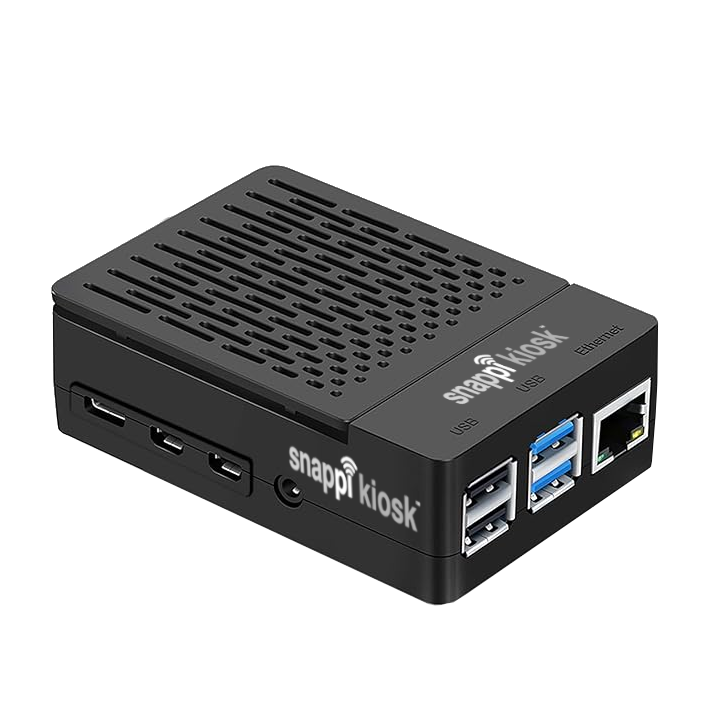Instruction Details
- Temperature:
- 400°F / 204.44°C
- Time:
- 45 seconds
- Pressure:
- Light
- Prepress:
- 10 seconds
- Substrate:
- TBHOOD, TBSHIRT (Part numbers may vary by distributor)
Additional Items Needed
- Adhesive Spray
- Lint Roller
- Vapor Foam Kit
Heat Press Method Instructions
1. Cover the press with protective paper.
2. Place the shirt, imaging side face up, on the protective paper and lint roll the entire area that will come into contact with the press.
3. Place a piece of protective paper between the layers of the fabric (if applicable) to prevent the image bleeding through to the other side. For full bleed imaging, insert an appropriately sized Teflon pillow between the layers of the shirt.
4. Sticky lint roll the substrate and pre-heat.
5) Sticky lint roll the substrate while warm and then remove from the press and allow cooling.
6. Lightly mist transfer with DyeTrans Adhesive Spray.
7. Place the transfer on the fabric, smooth wrinkles.
8. Cover with protective paper and press. Note: sweatshirts must be covered with uncoated protective paper. This paper must cover the entire area of the material that comes into contact with the heat platen.
Be sure to position the hood and drawstrings away from the heat platen. The strings will melt, and contact with the hood will cause pressure to be uneven across the front of the shirt. The 6” x 12” Teflon pillow should be used to raise the front of the shirt. Tuck the arms of the shirt under the pillow. This will prevent the armhole elastic from scorching. Finally cover the elastic on the bottom of the shirt with a piece of protective .125” Nomex® felt. This too will help prevent scorching of the elastic.
Small blue or red flecks may appear after pressing. To prevent this apply a sticky lint roller prior to and after pre-heating.
When pressing a small transfer onto fabric you might try placing a Mousepad beneath the surface of the area accepting the transfer – for example if a logo is to be pressed on the pocket of a shirt, place the pad between the two layers of the shirt underneath the pocket area. Cover the mouse pad with protective paper. Too much pressure and time may “imprint” the shape of the mouse pad onto the fabric.
Should you see scorching after transfer, spray a 50%/50% mixture of peroxide/distilled water or Oxyclean solution onto the substrate while it is hot. If it has already cooled, then simply reheat and spray. Rinse and dry with a hair dryer.
All garments will pill if allowed to dry completely in a dryer. To prevent this, it is recommended that you line dry 100% polyester. Should you wish to remove pilling, you can use a retail pill shaver, available where fabrics are sold, or a commercial shaver available at most professional laundry and dry cleaning shops.
Do not use chlorine bleach on any of these fabrics.
Q: What is the prescribed method for pressing the teddy bear hooded sweatshirt? The strings are melting and the elastic bits are shriveling and scorching.
A: Perform all the necessary perquisite steps followed for any size shirt – i.e., lint roll, pre-heat, lint roll again and use Pro spray on the Jetcol transfer.
Next, be sure to position the hood and drawstrings away from the heat platen. The strings will melt, and contact with the hood will cause pressure to be uneven across the front of the shirt. The 6” x 12” Teflon pillow should be used to raise the front of the shirt. Tuck the arms of the shirt under the pillow. This will prevent the armhole elastic from scorching. Cover the elastic on the bottom of the shirt with a piece of protective .125” Nomex® felt. This too will help prevent scorching of the elastic. Finally, cover the entire front of the shirt with a protective sheet of protective prior to pressing.
Q: How do I put the hooded sweatshirt onto a teddy bear? It doesn’t seem to fit.
A: Just pull the bear by the nose through the neck hole, and then pull the head through the neck hole. It’s a tight fit over the head and ears, but the shirt looks just fine once dressed on the bear. Fold back the ears and the hood will slide easily onto the head.



